1. Start your day with 2 cups of water, not coffee or tea.
We tend to be a bit dehydrated after several hours of sleep, and this is one of the reasons why we often experience mental slowness upon arising, even after getting adequate rest. Although coffee and tea temporarily boost mental alertness, they can also increase water loss from the body depending on the caffeine content, due to a diuretic effect (increase in urine formation). Many caffeine-free herbal teas also act as diuretics. Drinking water, either upon arising or after brushing teeth, is an excellent, healthy practice that provides a physical and mental boost via hydration, helps in regularizing elimination, and helps to start the day right. For best results, have that water either warm or at room temperature. You can still take a caffeinated beverage later in the day, when you truly need it.
2. Know, and honor, your body’s water intake requirements
We all have different needs depending on our circumstances, and so it is with drinking water. Our water intake requirement is not simply 8 cups of water a day. Drinking water requirement varies with body weight, physical activity, and even the weather. Just as we need to understand food intake requirements, it is equally important to understand, and act upon, our water intake requirements. For details on this, read more here.
3. Drink filtered or purified water, with healthy essential minerals
Hydration is obviously not just about quantity– water quality is even more important! Unfortunately, due to decades of agricultural runoff and industrial pollution, polluted tap or well water is very common. Even if your water company provides a stellar water quality report, please be aware that municipal tap water usually has many contaminants that are not regulated. Such unregulated contaminants are not tested by health authorities or water treatment plants. To avoid toxic pollutants in your drinking water, it is best to use a filtration or purification system that is certified to remove a broad spectrum of contaminants, including chlorine, chloramines, lead, nitrites and pesticides. Unfortunately, the best filters and purification systems remove good minerals from the water, along with the bad contaminants. Thus it is advisable to add essential mineral electrolytes back into purified drinking water, from a reliable product such as EMDROPS. Many epidemiological research studies from all over the world have concluded that drinking “hard” water (with calcium and magnesium, both are essential minerals) is positively associated with improved cardiovascular health.
4. Develop a regular hydration routine
Don’t wait to get thirsty before you drink water. Water is even more important than food. So plan on regular hydration during the course of the day, just as you plan your meals. A nifty trick is to consciously anchor hydration to routine events such as bathroom visits, and coffee breaks, until it becomes a habit. For example, have a cup of water after every bathroom visit, and before every cup of tea or coffee (a great tip from my Dad!)
5. Keep a reusable water bottle handy at work and play
Make it a point to fill (and empty) your water bottle at least a couple of times every day, and keep it handy for hydration, whether at work or play. This is even more important when you sweat, e.g. due to hot weather or physical exercise. And use a good quality, reusable steel or glass water bottle. Avoid buying and storing drinking water in plastic, or plastic-lined metal (e.g. aluminum) bottles, to avoid unhealthy plasticizers leaching in your drinking water.
6. Infuse your water with fruit, or fruit juice for taste
If you must have flavored beverages, instead of drinking soda and soft drinks laden with artificial flavors, colors and preservatives, try infusing your drinking water with a few slices of freshly cut fruit. Later, you can eat the fruit slices too! Too hurried to cut fruit? Just add a dash of fruit juice, if you keep some in your refrigerator. Or, if you have the time, you can get really creative in making delicious water infusions with subtle flavors, and not just with fruit. You can also add some veggies (e.g. sliced cucumbers) and herbs (e.g. mint leaves, or holy basil leaves). Of course, ensure that all ingredients are clean.
7. Monitor your hydration status
The two simplest methods to evaluate hydration status involve regular monitoring of thirst, and observing urine color. Thirst response is variable and decreases with age, and the latter method is more accurate. When we are well hydrated, urine output is plentiful and is pale in color.
8. Avoid drinking water with meals, and immediately after meals
Although it is OK to sip a bit of water or green tea with meals when needed, it is best to avoid habitual drinking of water, soda etc., with meals or immediately after meals. From both digestion and hydration perspectives, it is better to have water prior to meals.
9. Avoid drinking lots of water just before going to bed
If you are habitually thirsty before going to bed, that is a sign you are not getting enough hydration during the day. Drinking lots of water just before sleeping can disrupt a good night’s rest by bathroom visit(s). Don’t sacrifice sleep for hydration, since you need both.
10. Take action to protect the environment and drinking water from pollution
Drinking water is a scarce and precious resource that is essential for all life on earth, and it needs to be protected from ongoing, preventable pollution. Some of us are lucky to afford good quality filters and purification systems for our drinking water, and many are not. And no matter how careful we are, we are all exposed to pollutants one way or another. There are many actions we can all take to reduce our environmental footprint. Three of the easiest: a) reduce spending on bottled water and disposable plastic products, b) when you do buy those products, make the effort to segregate for recycling, and c) do support, either with money or time, a non-profit organization that you can trust, to help protect our environment and drinking water resources. Thank you.
Article updated on June 30, 2015.




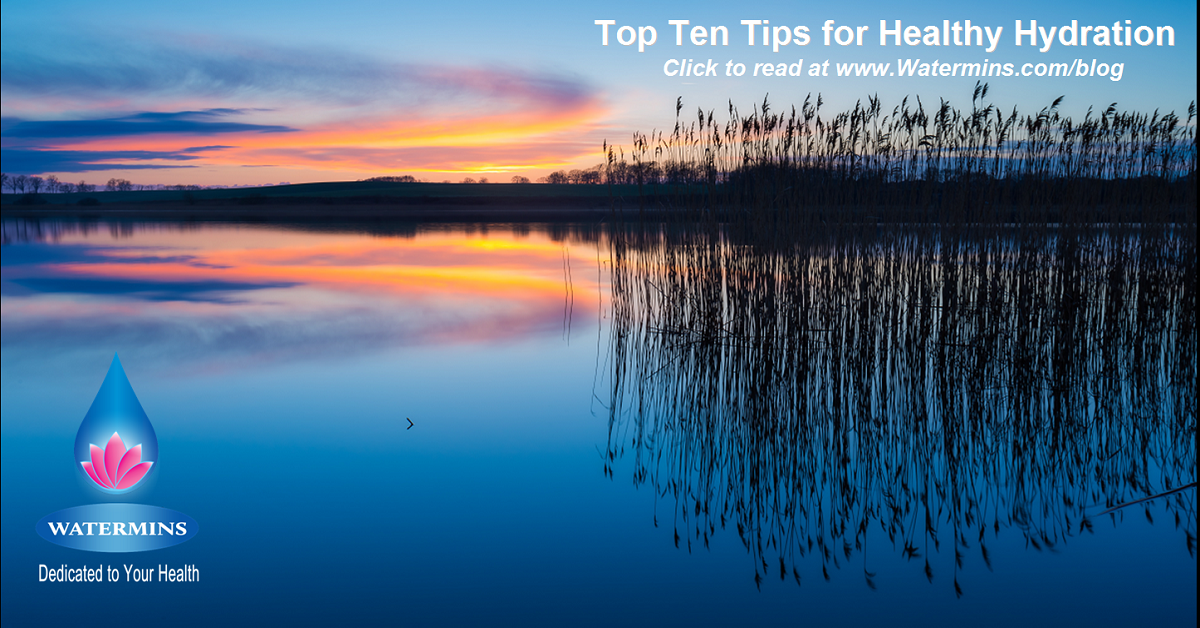
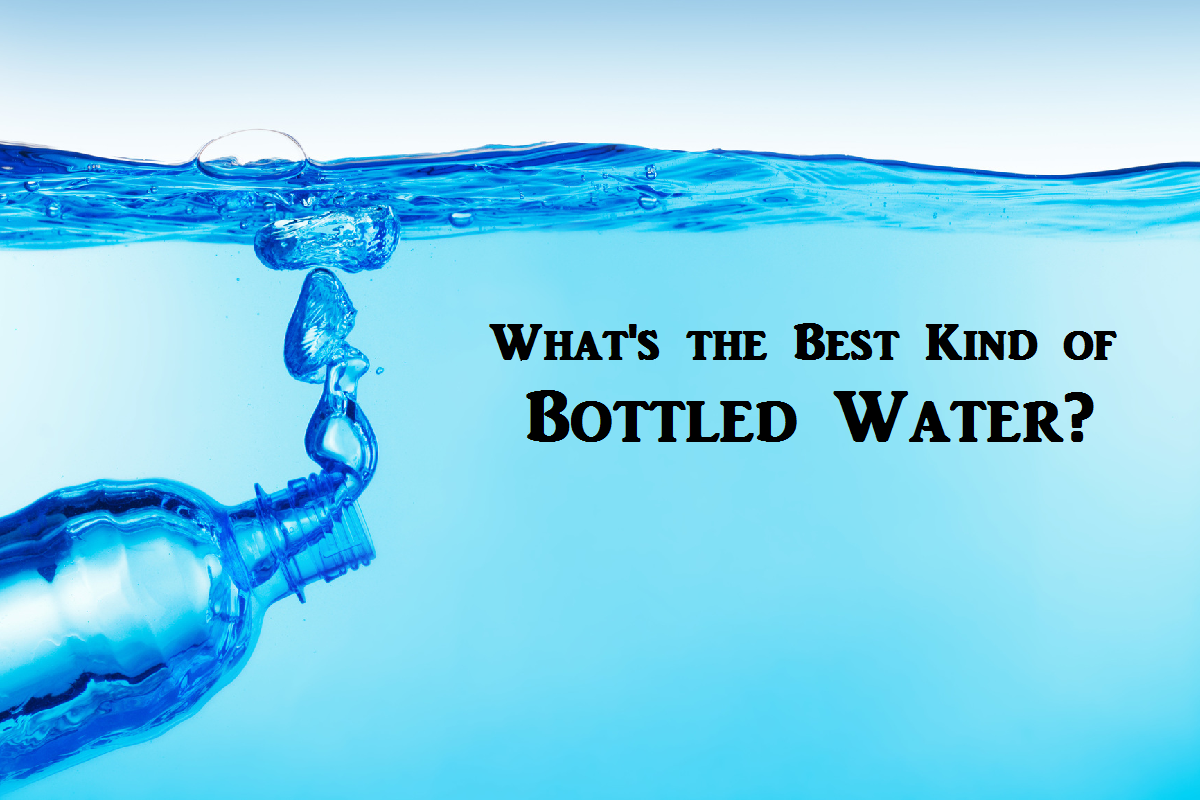

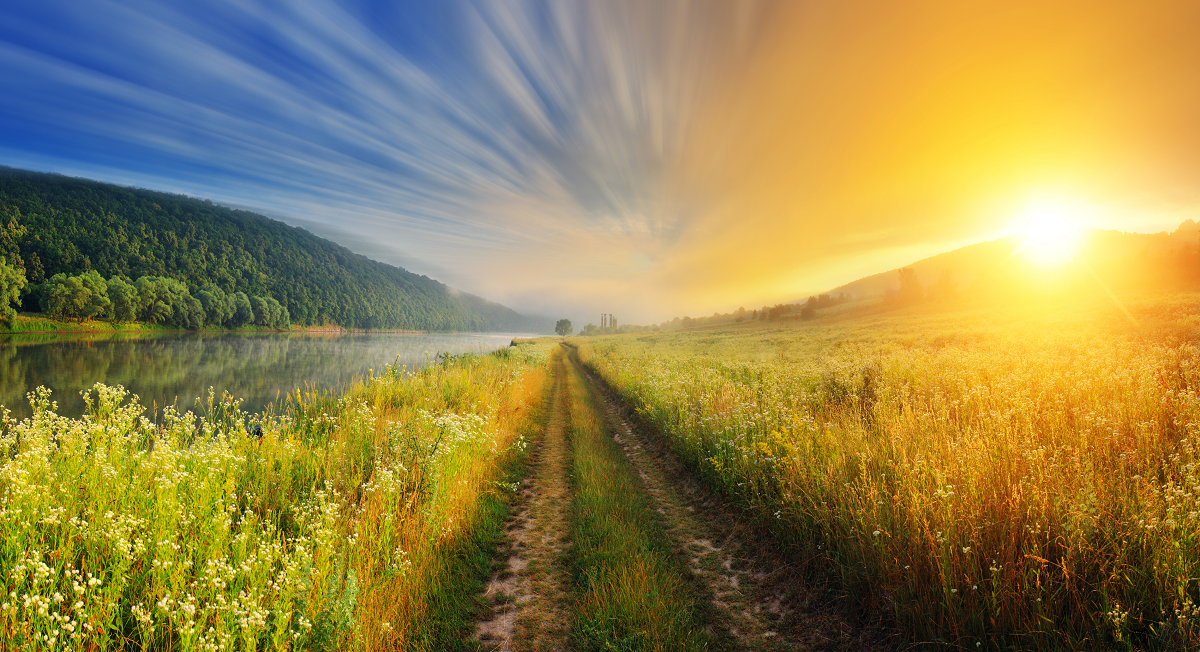
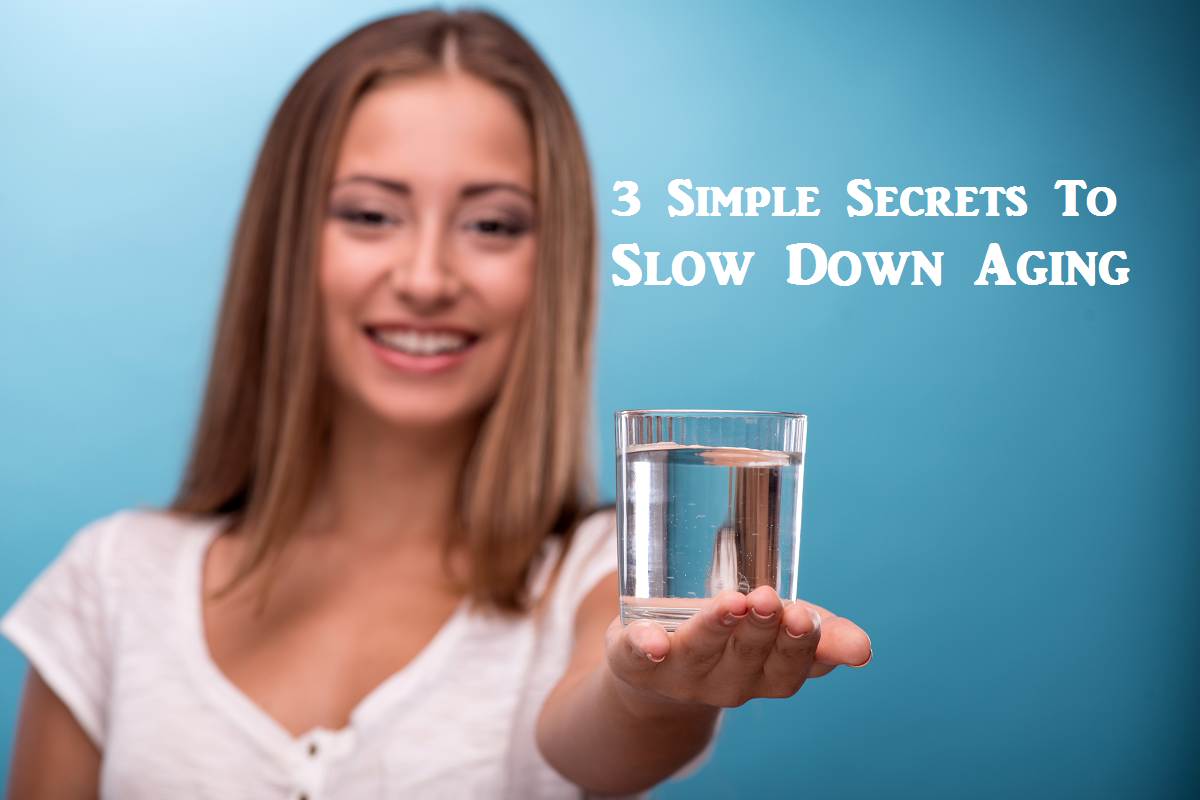
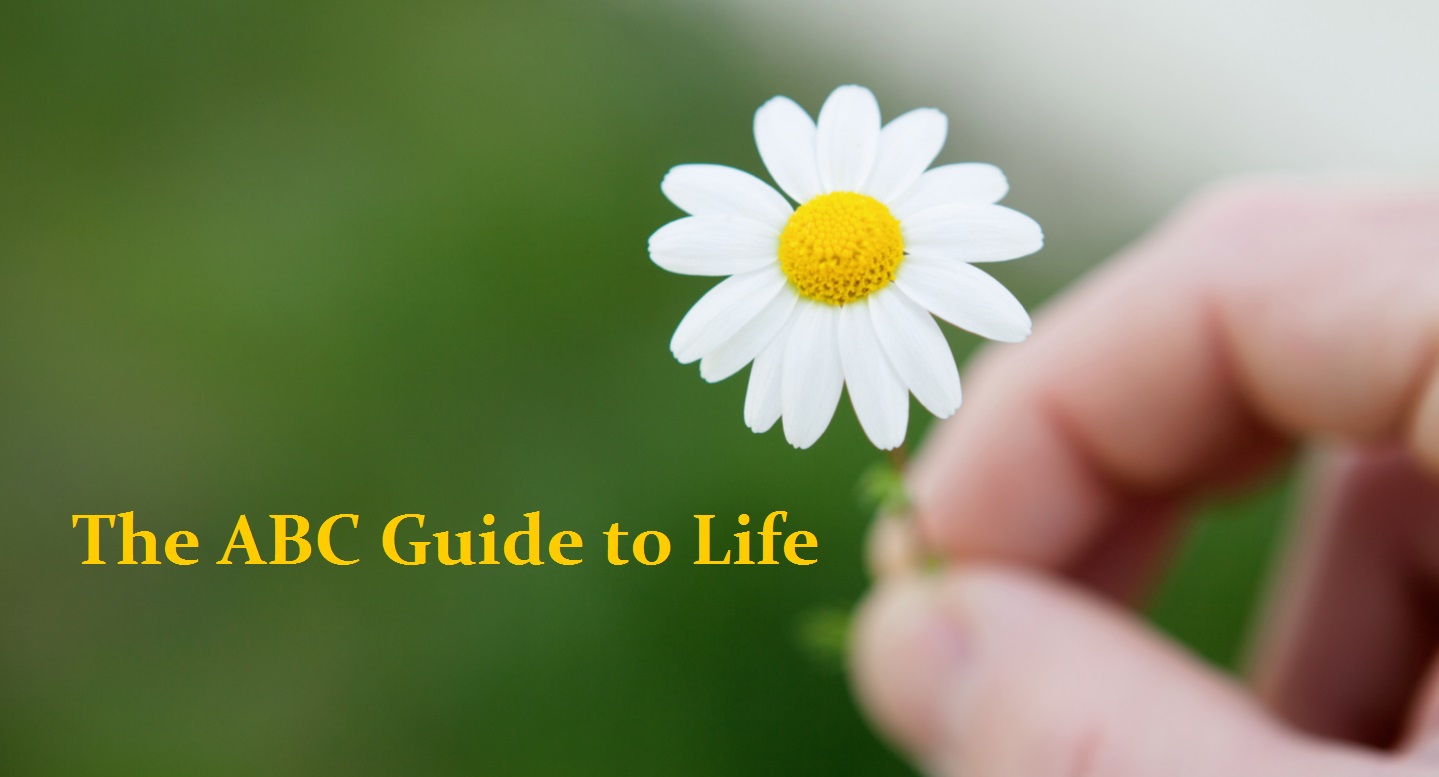
Leave A Comment